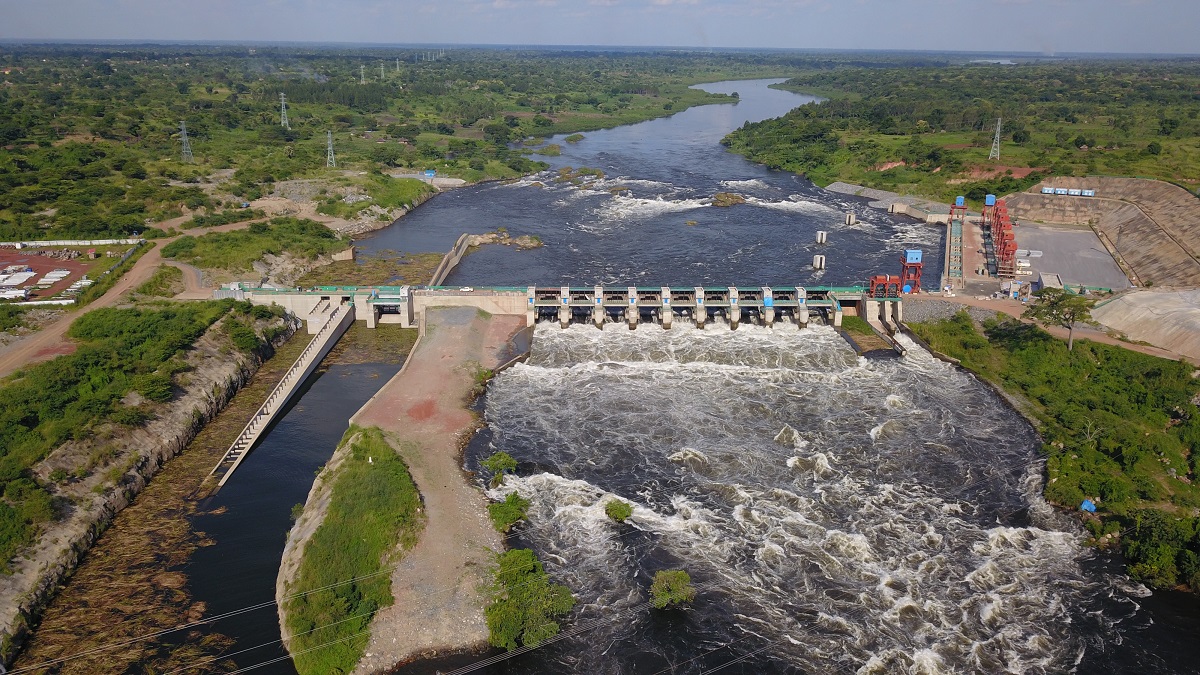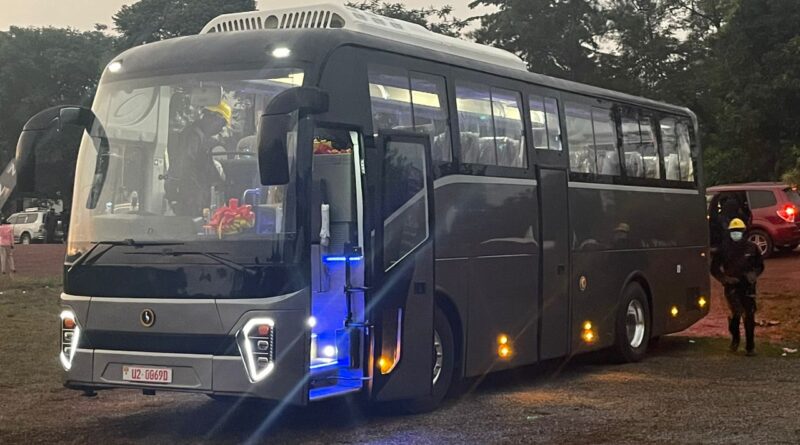Interesting Insights From Uganda’s 2024/2025 National Budget
Uganda’s Minister of Finance, Planning and Economic Development, Matia Kasaija, recently delivered the country’s 2024/2025 national budget. There were some very interesting insights in there that give us a good look into Uganda’s electricity generation landscape as well as the current state and plans to grow the electric mobility ecosystem.
On the electricity generation front, we have covered it previously here. At the time, Uganda’s installed electricity generation capacity was 1,252 MW against a domestic demand of 767 MW. 80% of this generation capacity comes from hydropower stations. In the latest update, the country’s power generation capacity has since increased by 600 MW from 1,378.7 MW to 1,978.1 MW following the connection of Karuma Hydropower Dam to the national grid.

Maximum demand now stands at 988 MW, according to Uganda’s Electricity Regulatory Authority. This should give some nice room to accommodate charging of electric vehicles as well as increase general access to electricity. An additional benefit for the electric vehicle ecosystem in Uganda is that the electricity generation mix is dominated by some awesome renewable hydropower plants.

Uganda’s government has continued to promote the use of alternative energy sources such as solar energy, wind energy, and nuclear energy to diversify the country’s energy mix to be able to meet the NDP III target of 3,500 MW by 2025. 2025 is just around the corner, so let’s see if the country can meet this target by the end of next year. On the electricity transmission side of things, the Minister said that the electricity transmission capacity has now increased to 4,218 km of high voltage from 3,500 km in 2020. Access to electricity has also increased, resulting in 57% of the population now having access to electricity. Still a long way to go to get to universal access, though.
The Minister said in order to further consolidate the above gains made:
- Construction of 24 transmission lines and substation projects is ongoing. By December 2023, 133 km of transmission line network was added to the national grid, bringing the total stock of transmission network to 4,964 km.
- 140 km of medium voltage and 246 km of low voltage was added to the electricity distribution network, resulting in a total distribution network of 63,774 km.
- Through the Electricity Connection Policy (ECP), 70,240 households were added to the national grid. This brings the cumulative number of households connected to the national grid to 2,087,187 in 2023.
The Minister added that in the next financial year, the following areas will receive increased attention:
- Increased access to electricity through grid expansion and connectivity projects
- More investment in the construction of transmission and distribution networks targeting load centers to promote value addition
- Improving the quality of power supply through the systematic operation and maintenance of existing power infrastructure
- Increasing access to clean energy by supporting clean cooking technologies
- Development of five (5) micro-grid power plants using wind and solar hybrids in Karamoja
- Preparatory activities for the 8,400 MW nuclear power plant in Buyende District.
To catalyze the adoption of electric vehicles in Uganda, the minister announced that under VAT, the supply of electric motorcycles and other electric vehicles manufactured or fabricated in Uganda and their respective charging stations and batteries for electric motorbikes, charging stations, and related services will be exempt from tax. The objective is to facilitate the growth of e-mobility and affordability of electric cars and motorcycles and protect the environment. Pretty cool!
The Minister also gave an update on Kiira Motors Corporation (KMC). Kiira Motors Corporation is a state enterprise established to champion value addition in the nascent motor vehicle industry in Uganda through technology transfer, contract manufacturing, and supply chain localization. The Minister added that the Ugandan government has supported Kiira Motors to construct and equip a manufacturing plant in Jinja Industrial Park capable of producing 2,500 vehicles per year. This facility has capabilities for bus and truck body manufacture, vehicle painting, powertrain manufacture, electrical, electronic systems and trim integration, and production quality inspection and testing.
He added that the complex has so far manufactured 39 buses, of which 27 are electric and 12 are lower-emission diesel. The company has orders for more than 100 buses from Tanzania, South Africa, Eswatini (formerly Swaziland), and Nigeria. This demonstrates the huge market potential for the vehicles. Kiira Motors Corporation currently directly employs 168 people (in engineering, production, marketing and sales, and finance and administration). This number will increase to 600 once the plant in Jinja is fully operational. In the next financial year, the government is going to support Kiira Motors with Shs 32.5 billion to complete the plant and access working capital.
I have been following Kiira Motors for a while now and it’s good to hear that it is making some progress and that the company has received some orders for its buses from South Africa and other places. As more and more African countries look to revive mass transit systems utilizing medium to high capacity buses, electrifying this sector should be a priority. Utilizing electric buses built on the African continent will be a game-changer for electric mobility on the continent. I am looking forward to hearing more about these developments as they evolve.
Have a tip for CleanTechnica? Want to advertise? Want to suggest a guest for our CleanTech Talk podcast? Contact us here.
Latest CleanTechnica.TV Videos

CleanTechnica uses affiliate links. See our policy here.

